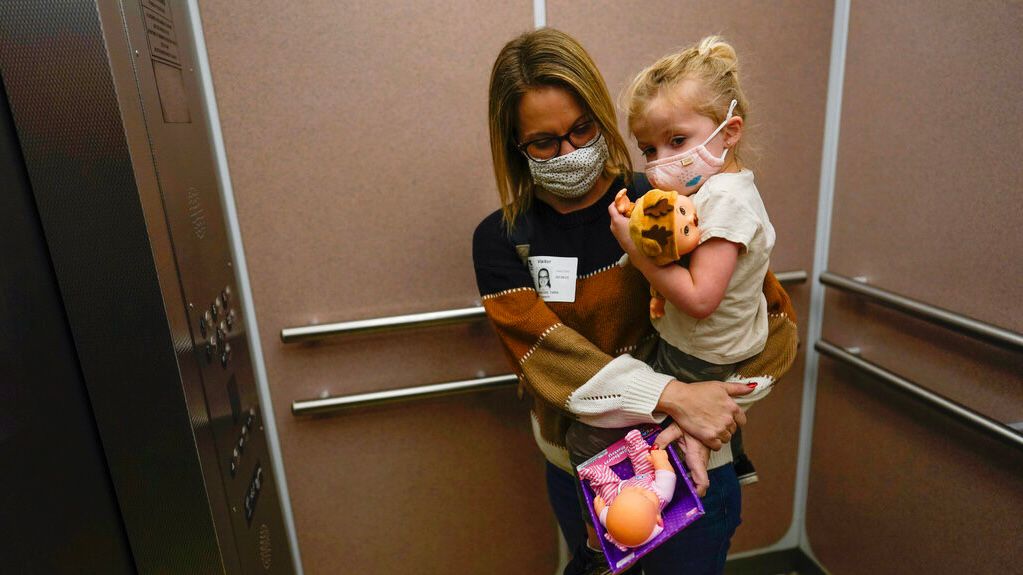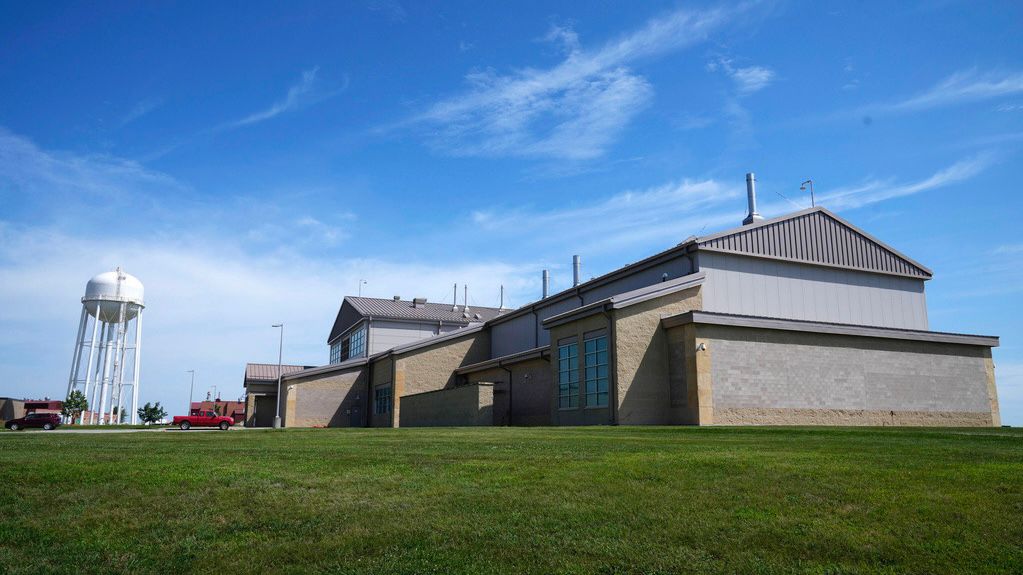Children and adolescents with long COVID experience different effects than adults, according to new research from the National Institutes of Health released Thursday.
School-age children from 6 to 11 years old who had prolonged symptoms after an initial COVID infection were more likely to experience headaches, while adolescents reported more feelings of daytime sleepiness.
“Most research characterizing long COVID symptoms is focused on adults, which can lead to the misperception that long COVID in children is rare or that their symptoms are like those of adults,” NIH National Heart, Lung and Blood Institute Division Director David Goff said in a statement. “Because the symptoms can vary from child to child or present in different patterns, without a proper characterization of symptoms across the life span, it’s difficult to know how to optimize care for affected children and adolescents."
Long COVID, or persistent health problems after an initial infection, manifest in multiple ways and can last for weeks, months or years. Affecting people of all ages from children to older adults, as well as people from different races and ethnicities, sexes and genders and with different health statuses, it is a “complex, multisystem disorder that affects nearly every organ system, including the cardiovascular system, the nervous system, the endocrine system, the immune system, the reproductive system and the gastrointestinal system,” according to the World Health Organization.
The NIH study found that children aged 6 to 11 with long COVID were most likely to experience headaches (57%), trouble with memory or focusing (44%), trouble sleeping (44%) and stomach pain (43%). In adolescents, the most common symptoms were daytime tiredness/sleepiness or low energy (80%); body, muscle or joint pain (60%); headaches (55%) and trouble with memory or focusing (47%).
For its study, the NIH surveyed 3,860 children and adolescents infected with COVID between March 2022 and December 2023 and compared them with 1,516 children and adolescents who did not have a history of COVID infection. All participants were surveyved about symptoms they experienced for at least a month 90 days after getting COVID.
In adults, the most common types of long COVID are brain fog, fatigue, tachycadia and post-exertional malaise, according to research published in Nature Medicine earlier this month. That study found the risk of long COVID varies by variant. Omicron, first detected in November 2021, had less long COVID risk than the Delta and pre-Delta variants that were most prevalent globally between June and November 2021.
People who were vaccinated before becoming infected or who took antivirals while they were infected had a lower risk of long COVID, according to the Nature Medicine study. People who were reinfected with COVID, however, were more at risk. Cumulatively, two infections created a higher risk of long COVID than one infection and three infections created a higher risk than two infections. Reinfections can make existing long COVID symptoms worse.
About 400 million people globally have had long COVID, the World Health Organization said earlier this month. The U.S. Centers for Disease Control and Prevention’s Household Pulse Survey found that 6.7% of U.S. adults were experiencing long COVID as of March.









